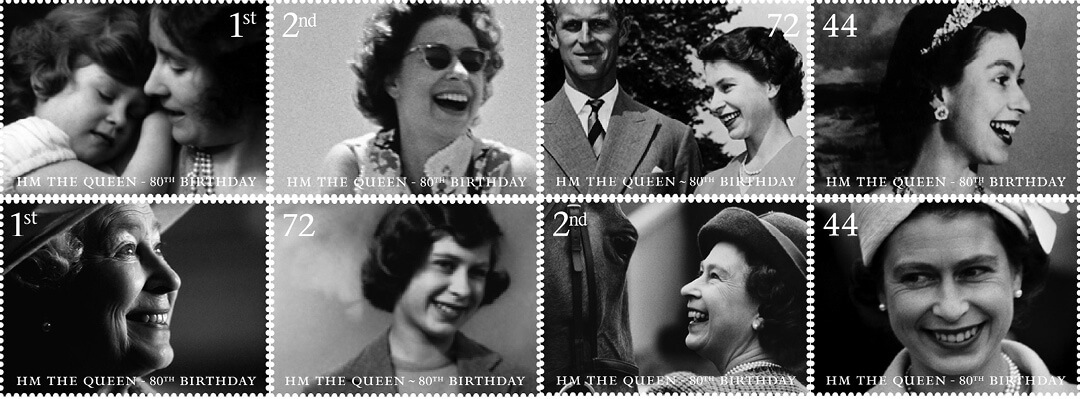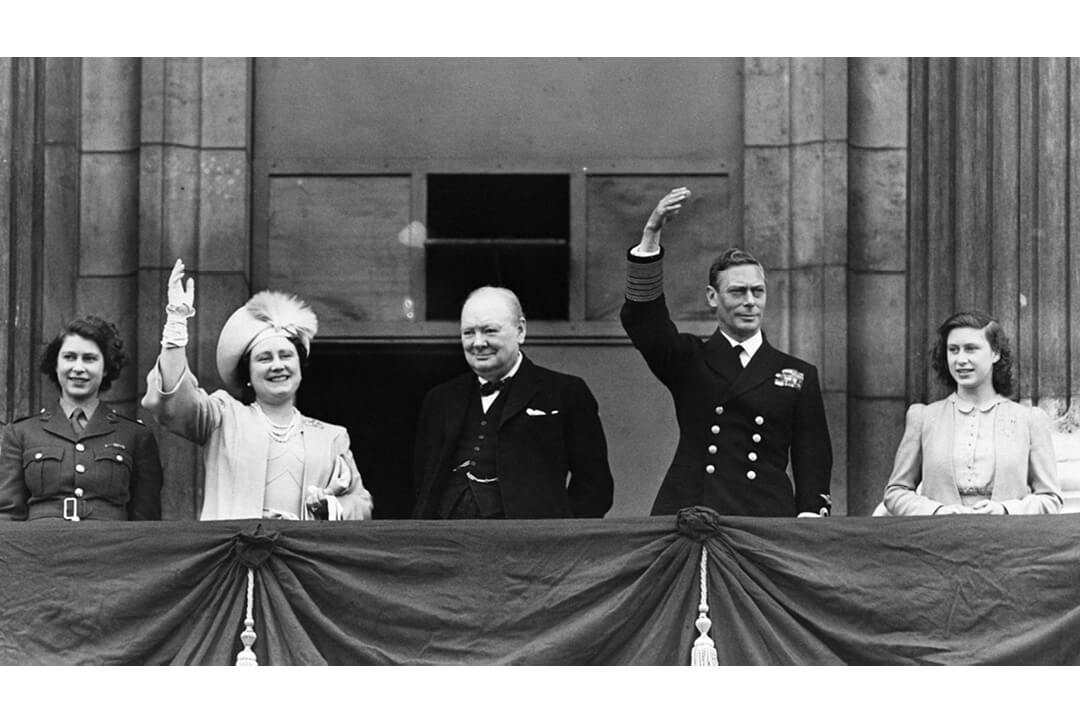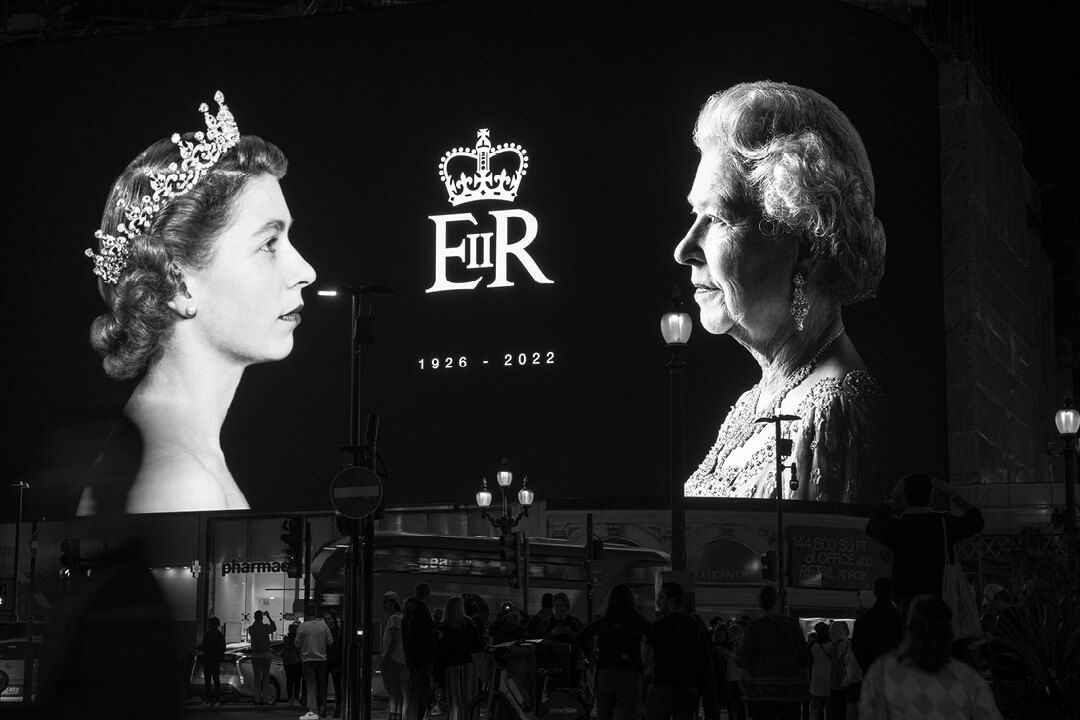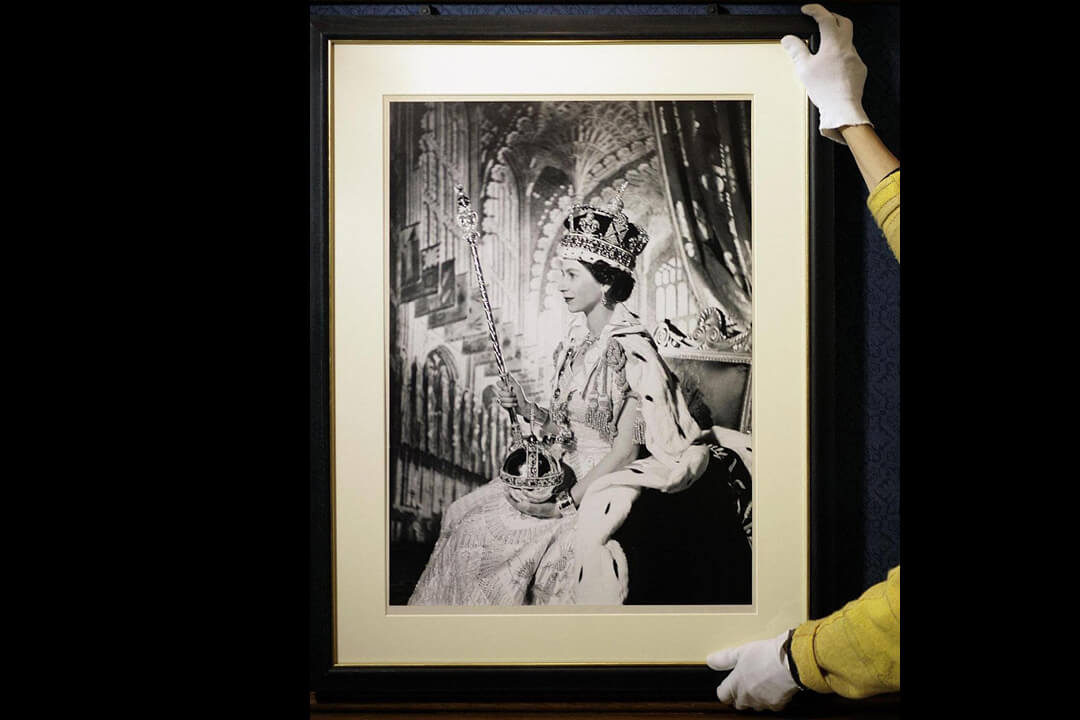Live like the Queen
Six lessons from the life of Queen Elizabeth II for all of us
This is the BBC
The media around the world are reporting on the death of Queen Elizabeth II, with many clichés being used, hearsay stories being told, and many a commentator feeling the need to provoke in the obituary.
GloriousMe, meanwhile, is following the BBC’s in-depth coverage, reporting live on the ground almost around the clock during the ten days of protocol mourning and giving voice to people who met Queen Elizabeth II in person in countless interviews.
Numerous historical photographs and documents complete our picture of an extraordinary personality to whom millions of people are currently paying their respects.
This sympathy is not due to royal pomp, which quickly evaporates when waiting for hours in the rain on a country road or along the banks of the Thames to see Queen Elizabeth II’s coffin once again for a few minutes or seconds.
Many people feel that the Queen’s death marked the end of an era that was far removed from short-term political actionism.

Seven lessons
from a multifaceted picture crystallize seven qualities of the late queen, which are good for all of us.
Service
The service of a sovereign who fulfilled her task with discipline and distinction until the end of her life is mentioned with admiration by all without exception.
Historian and commentator Simon Schama accompanied Queen Elizabeth II and Prince Philip on Diamond Jubilee Day. The organizers had come up with the idea of organizing a parade of ships on the Thames. The weather on this June 3, 2012 was by no means royal.
Hefty winds and freezing rain whipped across the boat on which Queen Elizabeth II and Prince Phillip stood and cruised along the Therese, accompanied by many escort boats and with thousands of spectators on the banks of the Thames.
Simon Schama reports in his appreciation of the queen in the Financial Times, how the small rain shelter that was supposed to allow visibility on all sides was soon overwhelmed and puddles soon formed on the chairs that were ready on the boat deck for the Queen and her Prince Consort, making it impossible to sit and rest for a short while.
“They stood and stood in the freezing, lashing rain, waving, mostly smiling and standing.” Prince Philip had to be hospitalized the following day, and Simon Schama wondered about Queen Elizabeth II: “Why is she doing this? And immediately gave himself the answer: Because she said she would.”
The distance to many people who think that serving or even fulfilling their tasks is superfluous is as big as a moat. The opposite holds true. Substance
Substance
Fate, the abdication of her uncle and succession have decided that Queen Elizabeth II has ascended to the throne of the English royal family. She filled that role with substance. She promoted the peace process in Ireland with her own diplomatic means, despite the deep wounds caused by the IRA assassination of members of her immediate family.
Many contemporary witnesses talk about their great interest in history and politics and their eagerness to learn more.
Recognizing the big historical picture is important for all of us. If you want to learn something right away tomorrow, we strongly recommend the book “Decision in Kiev. Ukrainian lessons” by Eastern Europe expert Karl Schlögel.
Self-Consciousness
The advisors and experts who gave Queen Elizabeth II advice were numerous and necessary given the range of issues. Many of them report that Queen Elizabeth II listened to them attentively, but always made her own judgment.
She stood by her decisions and, if there had been a better way, would never have excused herself by saying that a commission of experts or high-profile advisors had advised her to do so.
Smile
A genuine smile is more precious than any diamond in the crowns of English royalty. We are fascinated by the Queen’s smile and open laughter that we could see in her face in all the documentaries about her life.
What a difference from the contrived smile that is flicked on the moment the camera turns on and immediately freezes when the camera takes a different perspective.
If you observe the faces of the people who have met Queen Elizabeth II at the moment they talk about their personal encounters, a beaming smile appears on the first faces.
With all. With the supreme commander of the First Battalion of the Grenadier Guards Scotland, with the chief of the Royal Airforce, with people who got up at two in the morning on a small Scottish island in order not to miss the ferry and then the train to Edinburgh because they wanted to pay their last respects to their late queen.
They all described that during their encounters they had gained the impression that Queen Elizabeth II was interested in them and their history.
Style
Style can be seen and experienced in details, regardless of the size of a budget. Style is always associated with quality and substance, as well as the courage not to follow the latest trend.
Style for the new king means having garments altered and repaired as a matter of course, even if the royal budget easily allows for a new purchase. If you want, you can see the interview of the then Prince Charles with the English Vogue on this subject again here.
Style with Queen Elizabeth II meant asking Scottish countrywomen, who had asked if they could make a flag in honor of royalty for the 70th anniversary of the Scottish Countrywomen’s Association, to tea at Balmoral Castle and offering them sandwiches at high tea.
Both Queen Elizabeth II and her son Charles III always show empathy for the place they are visiting in details of colors and fabrics, and again it is the small details that differentiate and convince.
When Prince Charles III leaves St. Giles Cathedral in Edinburgh, which he visits again after the funeral service there in the morning, he wears a Scottish kilt and in the jacket pocket for the pocket square two small sprigs of Scottish heather express his mother’s attachment to Scotland.

Solitude
The tranquility of the Scottish countryside was a place particularly close to Queen Elizabeth II. Balmoral Castle in Scotland was a place for them to recharge their batteries before the world and thousands of drawn smartphone cameras looked expectantly at them again. The security of the Scottish home was her last place on earth.
Cover photo © Coronation portrait of Britain’s Queen Elizabeth II by Cecil Beaton, 1953, part of the Drawings Gallery exhibition, Windsor Castle, 2006 (Edmond Terakopian, Alamy stock photo).
Royal Mail images, portraits of Queen Elizabeth II made into stamps for her 80th birthday, 2006 © PA Images, Alamy Stock Photo.
Churchill with the Royal Family on VE Day, May 8, 1945 © CBW Alamy Stock Photo
Digital billboard on September 9, 2022, London, England © xiu bao, Alamy stock photo




